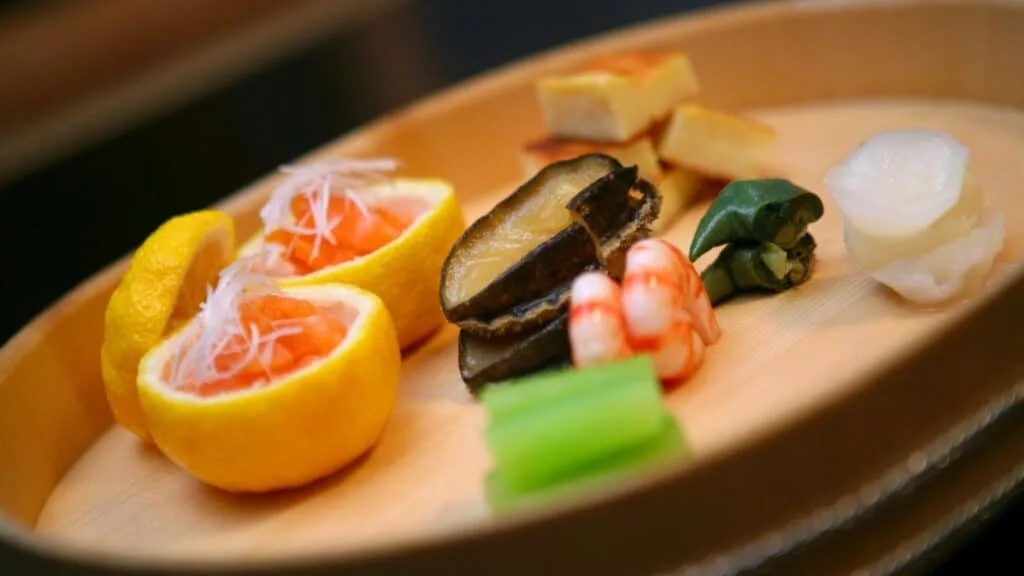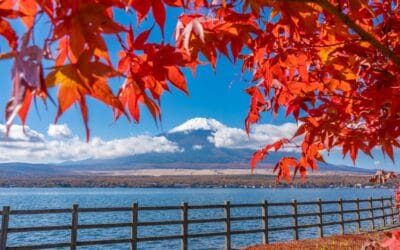When spring arrives in Japan, it brings to mind cherry blossom viewings, lively entrance ceremonies, and the vibrant colors of blooming flowers.
It’s a time for new beginnings, for meeting new faces, and bidding farewell to the old. But amidst all this excitement, let’s not forget about the delectable treats that spring has to offer.
Wondering what to indulge in during this delightful season? Japanese spring food is a culinary adventure not to be missed. As you soak in the sights and sounds of spring in Japan, be sure to tantalize your taste buds with these delicious delights.
Japanese Spring Food
1. Sakura Mochi
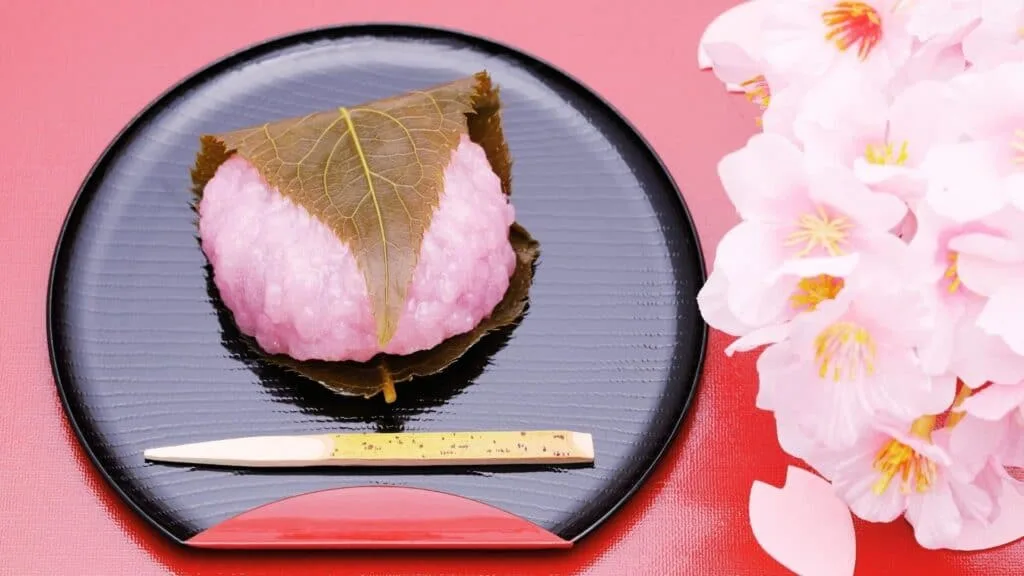
Sakura mochi is a Japanese sweet wrapped in cherry leaves. It is also a traditional spring food in Japan, as well as a sweet for the Doll’s Festival.
Did you know that there are two main types of sakura mochi?
・ Kanto-style Sakuramochi = Chomeijimochi
・ Sakura mochi = Domyoji mochi
The most common is Domyoji mochi, which is made by wrapping red bean paste in coarsely crushed pink glutinous rice, using Domyoji powder.
Chomeiji mochi is made by wrapping red bean paste with crepe-shaped skin. Chomeiji Mochi originates in an old Buddhist temple named Chomeiji (長命寺), located in Mukojima, Tokyo. The thin outer dough is made by baking a mixture of wheat flour, glutinous rice flour, sugar and water.
During the spring season, you can find sakura mochi almost anywhere. It is pretty affordable, so be sure to try some while visiting Japan.
2. Clams

Craving a taste of succulent clams bursting with umami flavor?
In Japan, coastal regions like Kujukuri Beach-Kashima Nada in Chiba Prefecture, Ibaraki Prefecture, Mie Prefecture, and Kuwana are renowned for their abundant clam production.
The prime clamming season spans from March to April, offering enthusiasts the perfect opportunity to embark on an adventurous clamming expedition.
Head to scenic spots like Okinawa Park, Kasai Rinkai Park, or Funabashi Sanbanze Seaside Park for a memorable clamming experience amidst breathtaking landscapes.
Once you’ve gathered your fresh catch, it’s time to indulge in some delectable clam dishes that Japan has to offer. Treat your taste buds to delights like Hamaguri nigiri sushi, Asari no sakemushi soup, and Hotate nigiri sushi.
Don’t miss out on the savory clam soup, a cherished delicacy often enjoyed during the Japanese holiday Hinamatsuri (Dolls Day).
3. Fukinotou

Fukinotou, a delightful wild plant emerging from the thawing snow, heralds the arrival of early spring in Japan. Its slightly bitter flavor and familiar aroma make it a beloved staple among Japanese spring foods.
This native plant thrives in Japan’s lush landscapes, often found in damp areas like slopes near swamps and roadsides alongside rivers.
Belonging to the butterbur family, Fukinotou offers a culinary treat during the months of February through March, with its tender shoots at their prime. Alternatively, the flower part of the plant, known as butterbur, can be harvested from April to July.
With its delightful fragrance and refreshing bitterness, Fukinotou shines when incorporated into dishes like tempura or butterbur miso.
As spring unfolds, indulging in bitter foods like Fukinotou is not only a culinary delight but also beneficial for your health.
4. Sakura Shrimp
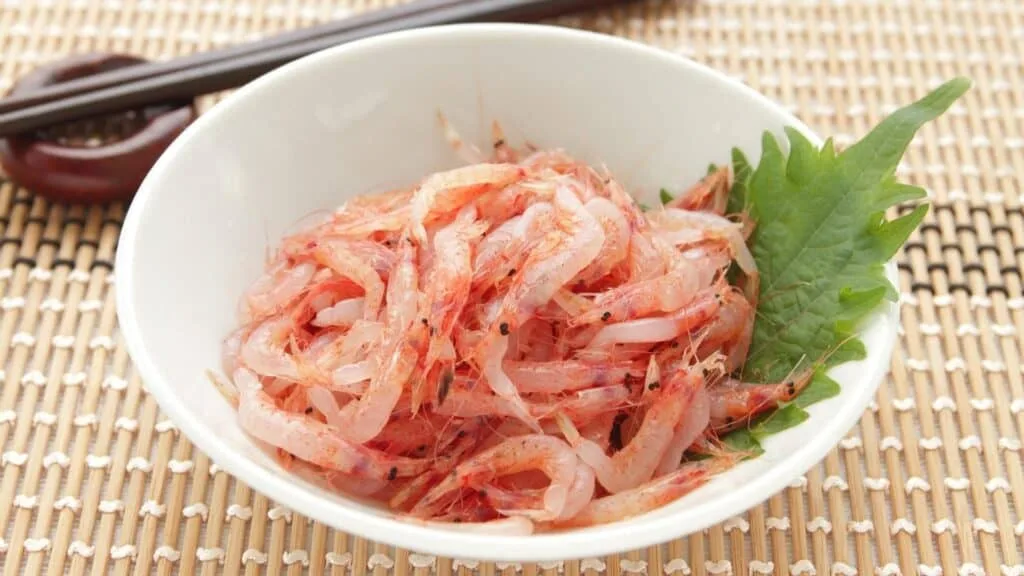
Indulge in the exquisite flavors of deep-sea shrimp, boasting a petite body length of approximately four centimeters.
Aptly named “Sakura shrimp” for its stunningly transparent pink hue, this delicacy is a true gem of Japanese spring food. The fishing season for Sakura shrimp occurs twice a year, during spring and autumn, with the spring season commencing in mid-March.
Notably, Shizuoka Prefecture exclusively permits fishing for these prized crustaceans, and all domestic landings originate from the pristine waters of Suruga Bay. Since the Meiji period, Sakura shrimp has been sustainably harvested from these bountiful waters.
What sets Sakura shrimp apart is its edible whole shell and internal organs, requiring no pretreatment before consumption. Its sweet and delicate flavor makes it a perfect choice for springtime dining.
Head to Yuigahama in Shizuoka City to savor the crisp and fluffy kakiage, a delightful dish featuring Sakura shrimp. Known as the top destination for Sakura shrimp, the city of Yui on Suruga Bay boasts a rich culinary tradition centered around this beloved seafood.
5. Strawberries
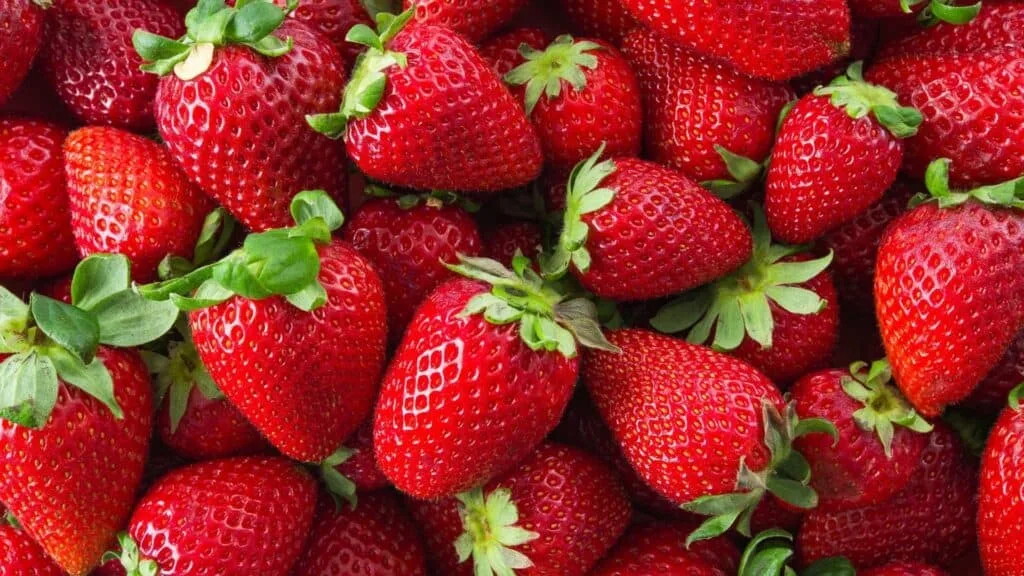
In Japan, strawberries often make an early appearance in markets, with sales starting as early as January and February. However, the prime season for these luscious berries is from March to April, when they reach peak ripeness and boast an irresistible sweetness.
Plus, spring strawberries come with the added bonus of being a bit more budget-friendly compared to their winter counterparts.
When it comes to strawberry varieties, Japan offers an impressive array to tantalize your taste buds. One standout variety is Angel’s Fruit, predominantly grown in Saga Prefecture, known for its large size resembling an adult’s fist and striking white color. Another noteworthy option is the Crimson Misuzu hailing from Chiba Prefecture, prized for its vibrant red flesh, high sugar content, and low acidity.
With over 300 strawberry varieties cultivated in Japan and new ones emerging annually, there’s always something new to discover in the world of Japanese strawberries.
For a hands-on strawberry experience, consider strawberry picking at one of Japan’s many delightful farms. From Setagaya Strawberry Juku to Niikura Koen Farm and beyond, there’s no shortage of fantastic spots where you can pluck these ruby-red gems straight from the vine.
6. Iyokan
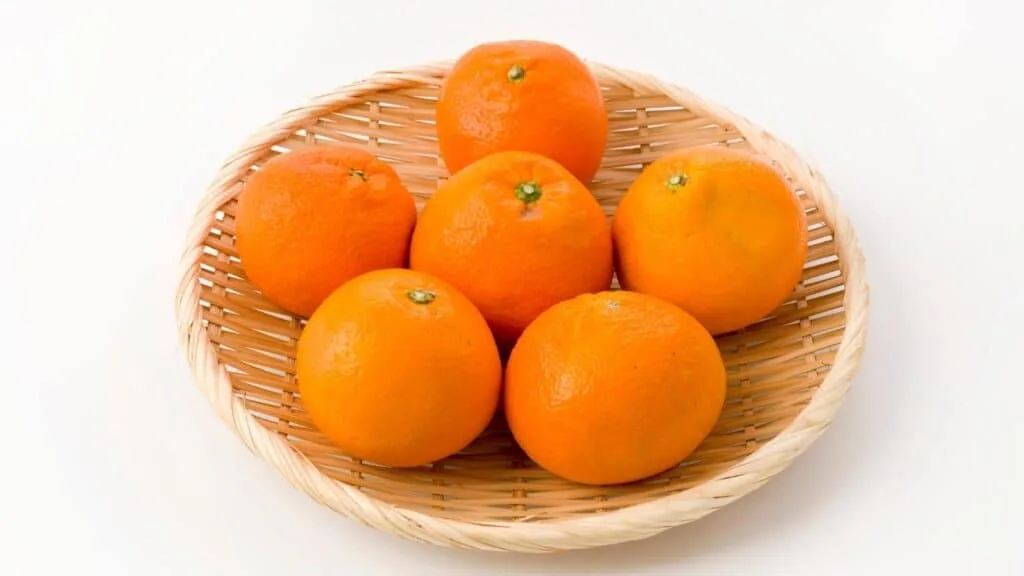
Iyokan, the second most-produced citrus fruit in Japan following Satsuma mandarin, has a rich history dating back to the Meiji era in Yamaguchi. Unlike Satsuma mandarin, which is harvested from November to December, Iyokan comes into season after the new year.
One notable variety of Iyokan is the “Yayobeni” from Ehime Prefecture, maturing until March with a remarkable sugar content of 11.5 degrees or higher.
Today, Ehime Prefecture stands as the primary producer of Iyokan, with the fruit taking its name from the region. Originally known as “iyo-no-kuni,” which translates to Iyo Country, Ehime Prefecture boasts ideal conditions for cultivating this beloved citrus fruit.
Characterized by its low acidity and refreshing aroma, Iyokan is prized for its ease of peeling by hand—a convenient feature appreciated by fruit enthusiasts. Beyond enjoying Iyokan as a standalone snack, you’ll also find it incorporated into a variety of sweets, including popsicles, cakes, pastries, and other delectable desserts.
7. Summer oranges
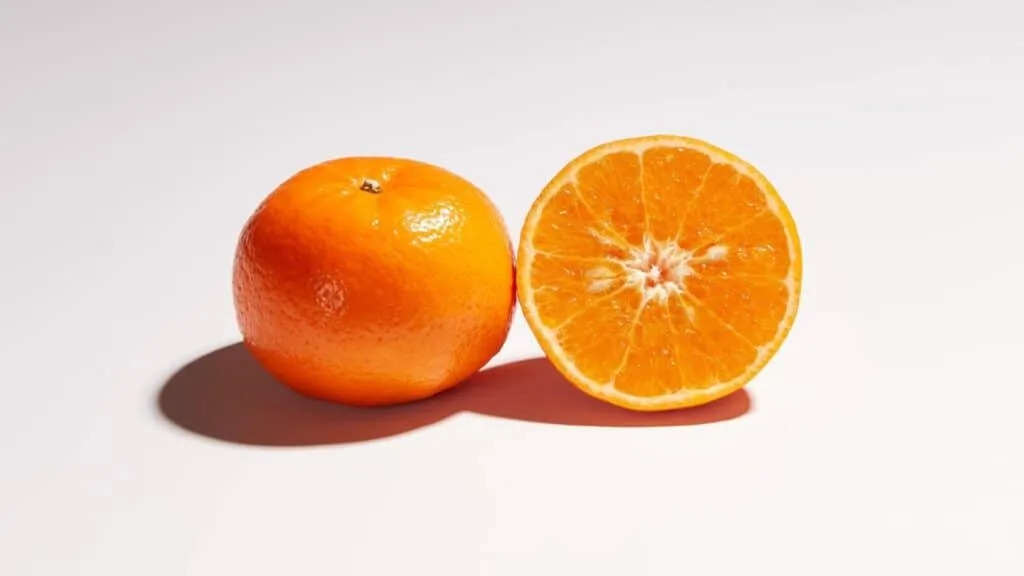
Did you know that the best time to indulge in summer oranges is actually during spring?
These juicy delights made their way to Japan during the middle of the Edo period, hitching a ride on the Kuroshio Current. While summer oranges typically bear fruit in late autumn, their high acidity makes them unsuitable for raw consumption.
However, through careful harvesting and storage during winter or allowing them to fully ripen in spring, it was discovered that their acidity mellows out, resulting in a deliciously sweet flavor.
Since the Meiji era, summer oranges have been cultivated with great care, ensuring a delightful treat for springtime revelers.
The season for enjoying these succulent fruits typically spans from mid-April to late May. Interestingly, May marks the onset of early summer, hence the name “Natsudaidai” for this fruit.
Nevertheless, spring remains the optimal season for savoring citrus fruits in Japan, offering a perfect balance of sweetness and tanginess that tantalizes the taste buds.
8. Kiwi fruit
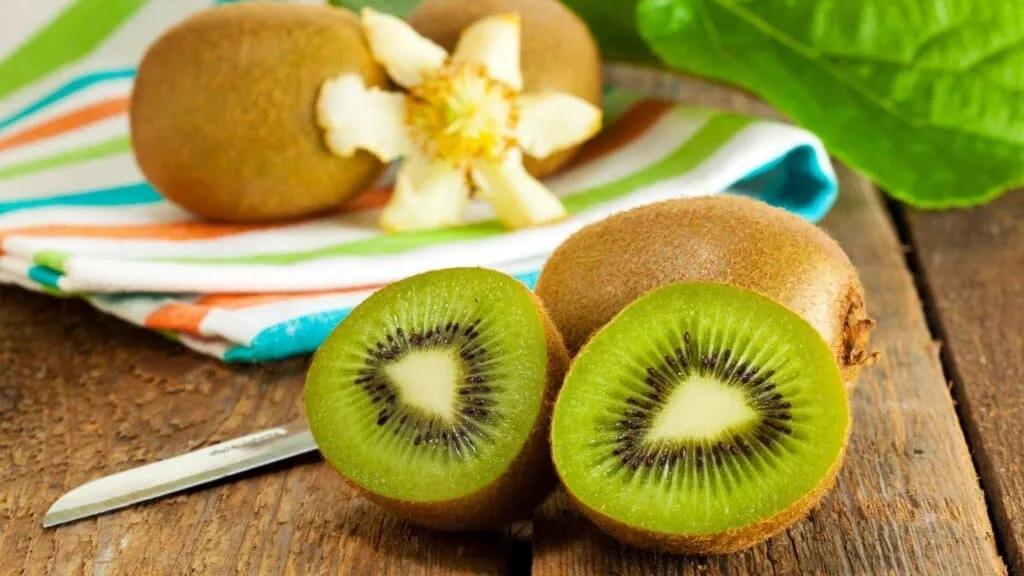
Surprisingly, despite its tropical reputation, the kiwifruit season is at its peak in spring. Unlike some fruits, kiwifruit cannot be enjoyed immediately after harvesting. Instead, it undergoes a ripening process lasting 30 to 60 days before it’s ready for shipment.
In Japan, domestic kiwifruit is typically harvested around November, with the Tokyo Metropolitan Central Wholesale Market handling the maximum volume around March.
With its refreshing acidity, kiwifruit makes a perfect pairing with yogurt, adding a zesty twist to your morning routine. For those with a sweet tooth, consider incorporating kiwifruit into desserts like Kiwi + yogurt cake or the traditional Japanese delicacy, Anmitsu.
Anmitsu is a delightful dessert featuring cubes of agar-agar jelly, assorted fresh fruits, and sweet red bean paste, all topped with syrup for an extra burst of flavor.
Dine to Your Heart’s Delight in Japan This Spring
As you journey through Japan this spring, be sure to tantalize your taste buds with an array of delightful culinary treasures. From savory delicacies to sweet treats, Japan offers an abundance of delicious options to explore.
Which of these Japanese spring foods are you most excited to try? Whether it’s the vibrant flavors of seasonal fruits like strawberries and kiwifruit, or the savoury delights of seafood such as clams and sakura shrimp, there’s something to suit every palate.
And if you have a favourite spring food that you’d like to recommend, we’d love to hear about it! Share your culinary discoveries and let’s savor the flavors of spring together.
Stay tuned for more information about Japan travel, Japanese culture, moving to Japan, living in Japan, Japanese language, and more.

